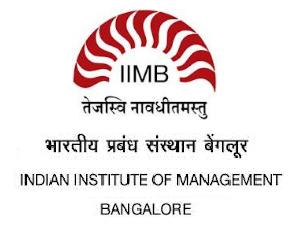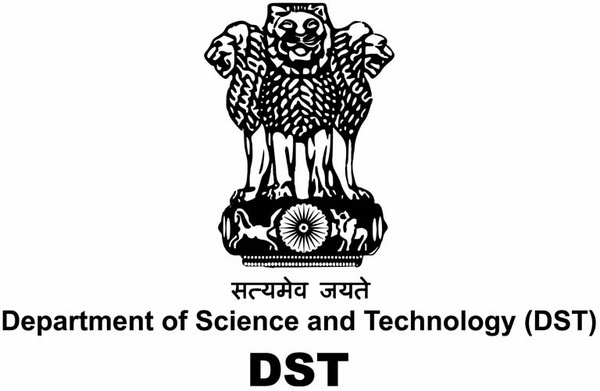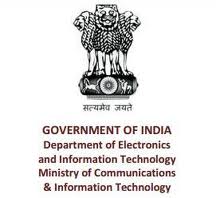Stuff We Do
Present students are working on cutting-edge research in the following areas
Serious Games
The serious games research focuses designing and developing software/hardware for visuo-motor rehabilitation post-stroke, spinal-cord injuries or any motor related degeneration.
Neuroeconomics
Neuroeconomics research looks at risk-taking propensity and decision-making skills in financial transactions. Inhouse games applications are designed and developed in addition to applying traditional games.
Empathy
Objectification, empathy and violence on the female population is being studied at the neural (brain scanning) and behavioural (eye tracking, physiological) level.
Fluid Intelligence
Analytic reasoning gauged from fluid intelligence metrics and correlation to cognitive thinking styles is being pursued with special focus on role of education stream – STEM, fine arts, social sciences.
Colour Perception
Fundamental research on the visual system covers color perception and human-eye sensitively to high glare with focus on vehicle driver motor responses to high-beams.
Eye Measurement Systems
Low cost compact system to measure a number of eye related conditions - for example: amblyopia, strabismus, Ametropia, pupillometry and color vision.
About Us
The group works on a range of research topics, from understanding cognitive processes to perception-based engineering. The human understanding is derived and finds applications in domains such as serious games, empathy, neuroeconomics, (non)clinical assistive systems, urban planning interfaces, human intelligence, visual system & color and design of sensors.Spanning fundamental research to applied, the endeavor is to develop perceptive cognitive systems for positive social impact.
Besides the research areas mentioned above, the group also works on plasticity during stroke recovery, which is analyzed using EEG technique and controlled motor actions. Here, we are also testing the effectiveness of using serious games for accelerating recover. While prior studies included measuring the concept of ‘ quiet-eye’ and strategy as applied in badminton and carrom. Eye tracking was used to study scan/gaze differences of professional players and amateurs.
The Team
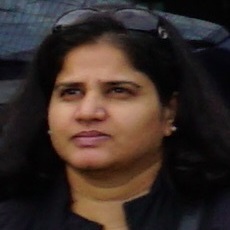
Kavita Vemuri, PhDAssistant Professor
Cognitive neuroscience of empathy, game design and engineering, innovation and entrepreneurship, fiber optic and liquid crystal devices for optical communications and sensors, control systems
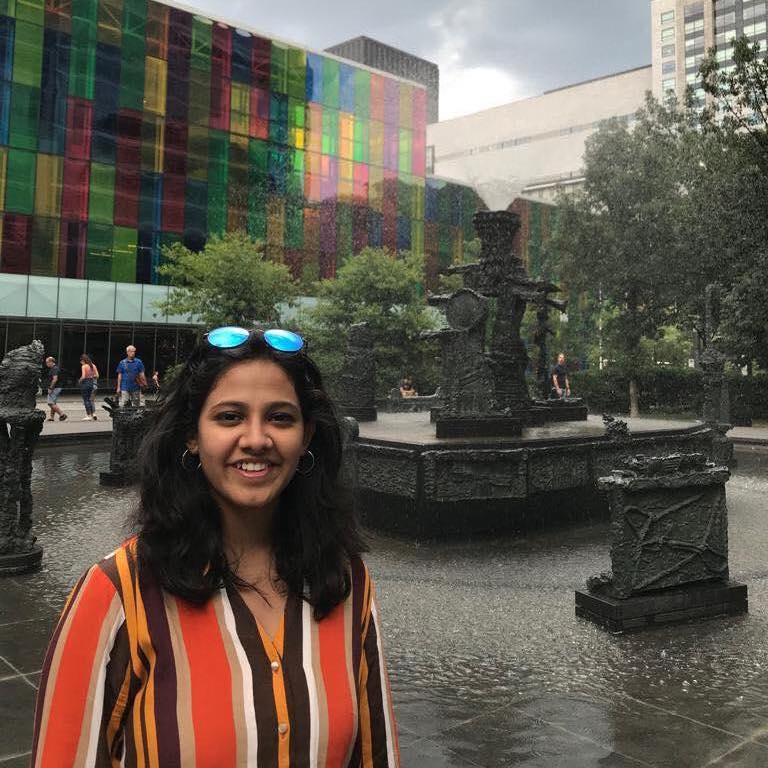
Sravya VarmaGraduate Researcher
Analysing the differentials in logical deduction and rule induction process applied by visual arts (fine arts) and engineering trained students on the standard Raven Progressive Matrices.

Srinivas SreeGraduate Researcher
Building and testing low-cost virtual reality HMD for vision sciences – specifically focusing on diagnostics/ intervention for amblyopia, strabismus.
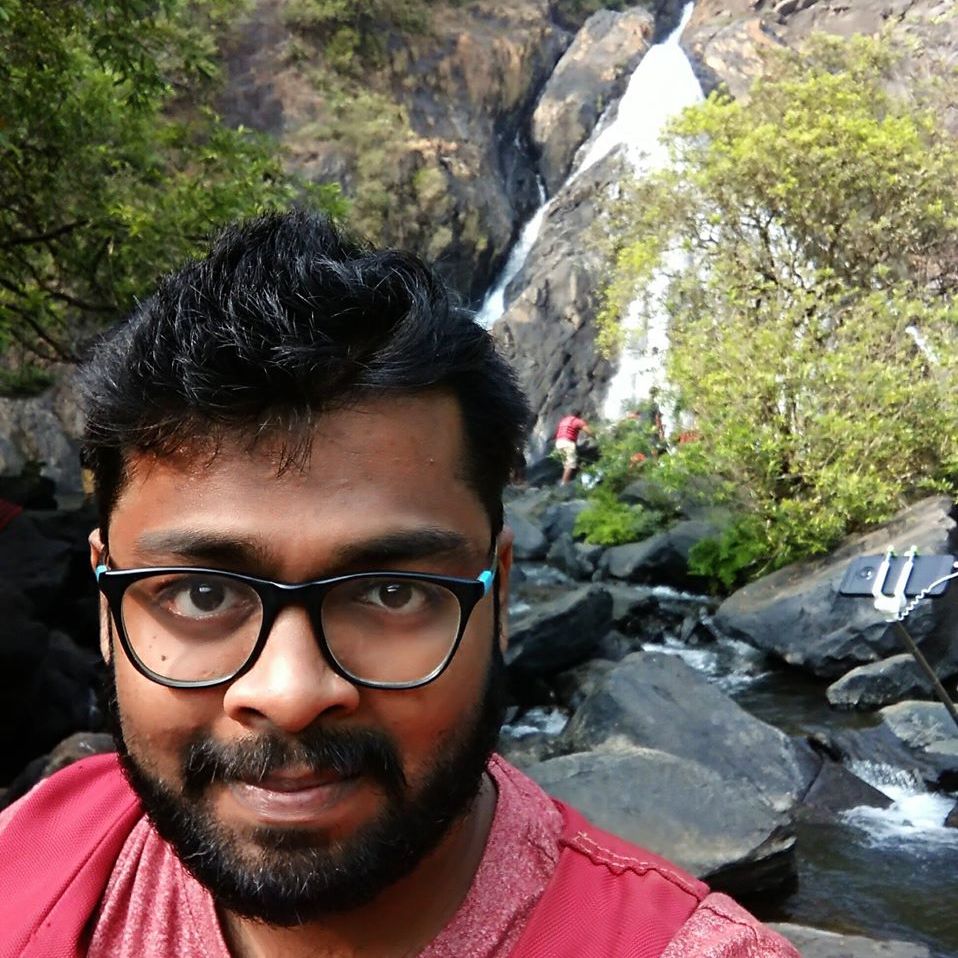
Petluri ChaitanyaGraduate Researcher
Using game interface to study financial/health-related decision making processes. An unique urban growth simulation with realistic conditions is designed & implemented to study individual/collective behaviours.

Srija BhupathirajuGraduate Researcher
Objectification of women as a function of attire and influence of exploitative dance sequences in commercial cinema.
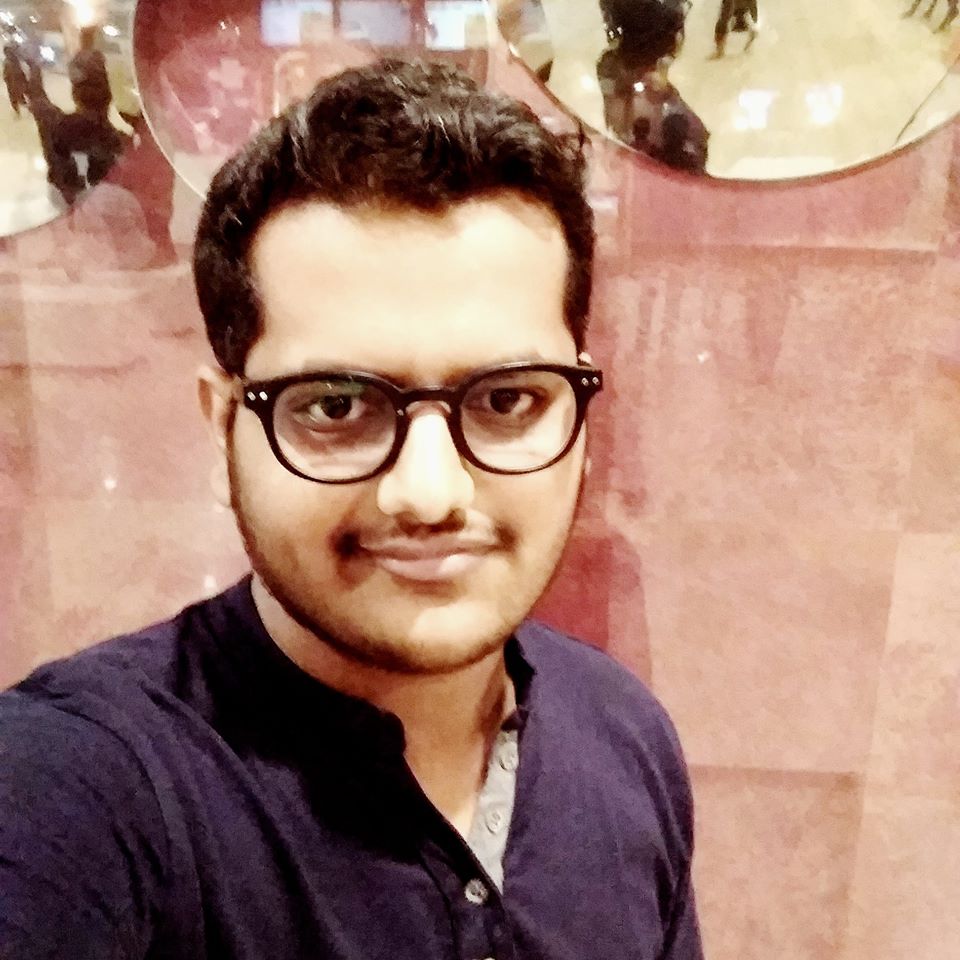
Dhiraj JagadaleGraduate Researcher
Trust based on inter-personal familiarity, source of information and on algorithms is being examined using economic and financial games.
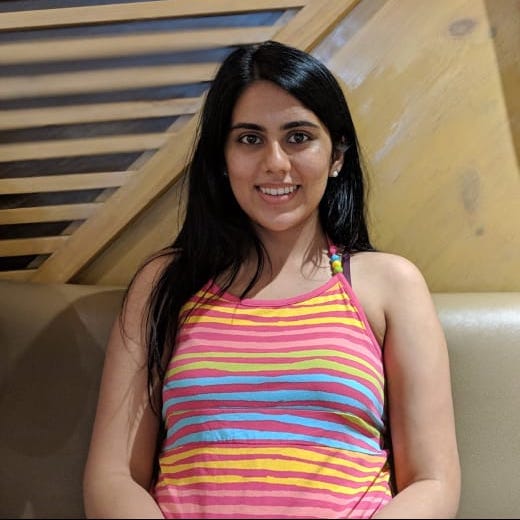
Shubhangi GautamGraduate Researcher
Investigating the Functional and effective connectivity of resting & task default mode networks from fMRI data collected while watching emotional movie clips.
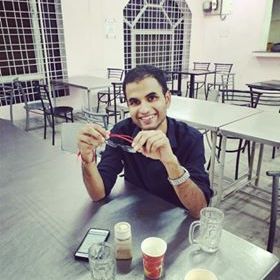
Arhant JainUndergrad Researcher
Motor recovery post-stroke and role of neural plasticity. EEG data collected using standard and modified finger-tapping experiments in healthy and stroke patients.
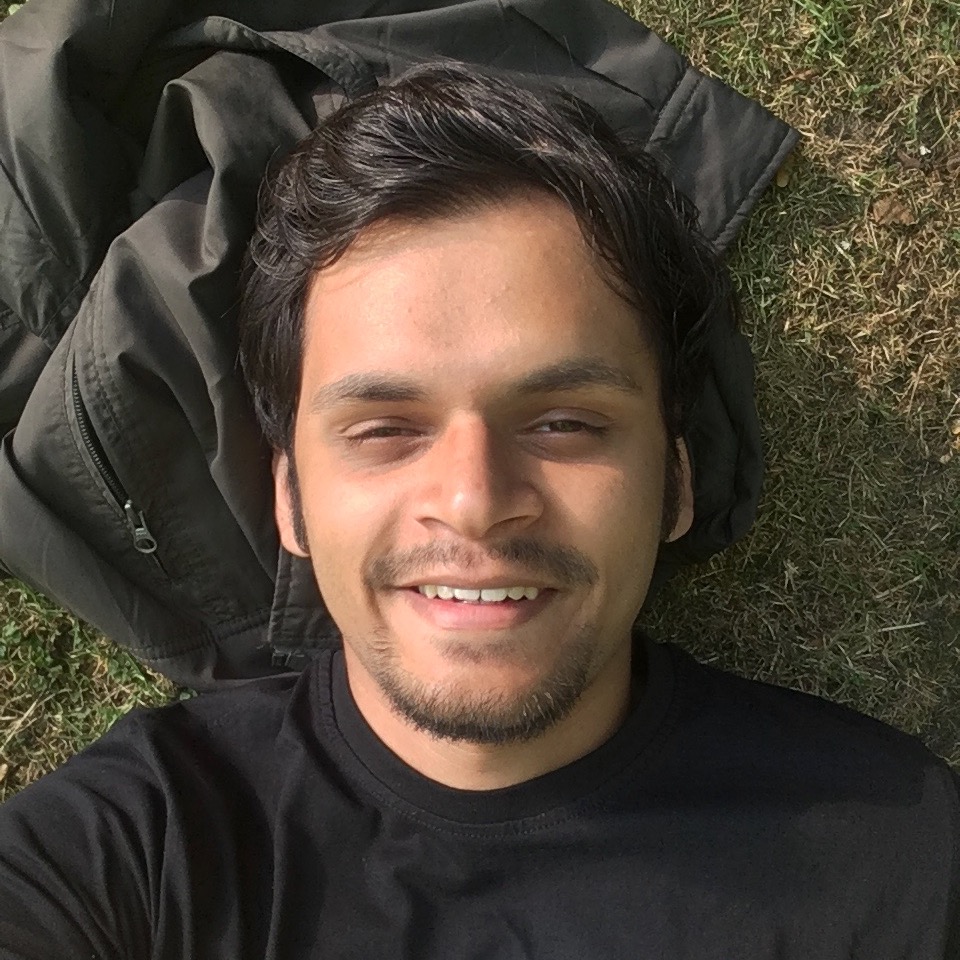
Vivek KaushalUndergrad Researcher
The differences in attention and comprehension of news articles with clickbait and advertisements
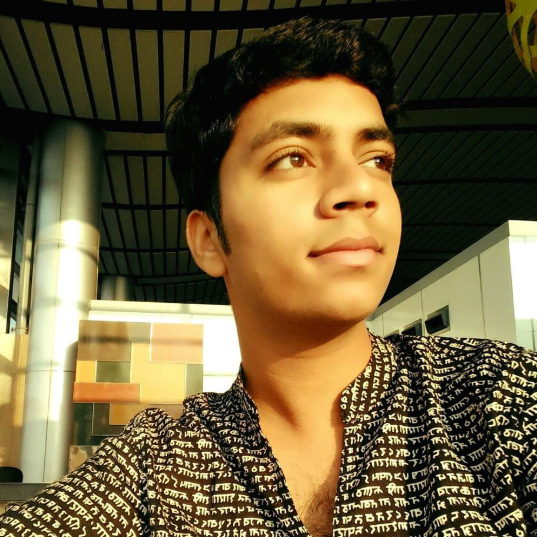
Supreeth MenonUndergrad Researcher
Spine Kinematics modelling with data collected using Motion Capture system.

Namratha GopalabhatlaUndergrad Researcher
Wearable sensors for muscle and knee bone health as physiological bio markers.
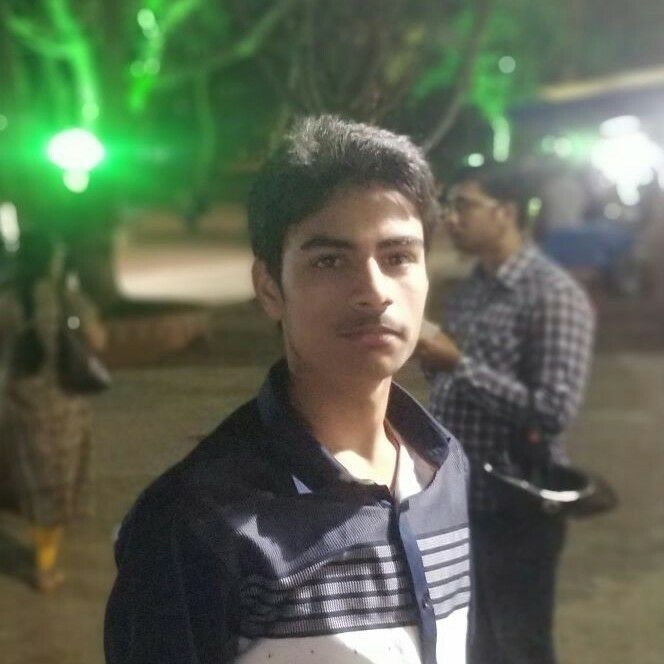
Harsh SharmaUndergrad Researcher
Spine Kinematics modelling with data collected using Motion Capture system.
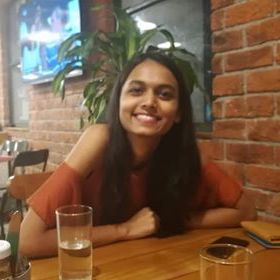
Sagrika NagarUndergrad Researcher
Wearable sensors for muscle and knee bone health as physiological bio markers.

Deepti MaheshUndergrad Researcher
Correlating visual attention and focal or field-of-view to prediction of action by drivers in Indian road conditions. Field data collected using head mounted eye trackers in naturalistic driving conditions
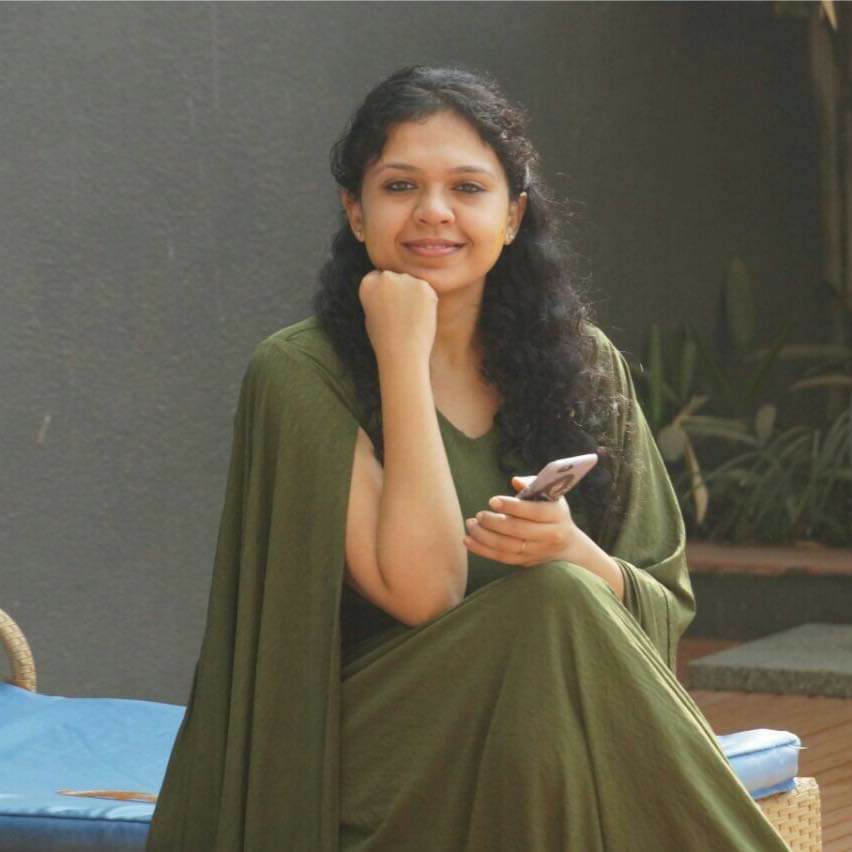
Ayushi AgarawalDoctoral Researcher
The role of alcohol on cognitive control as applicable to violence against women. Includes both behavioural and neuroimaging studies.
Collaborations and Funding
Our Publications
- Mayank Agrawal, Kavita Vemuri. Analyzing High Decibel Honking Effect on Driving Behavior Using VR and Bio-Sensors. AutomotiveUI 2019
- Sravya Vatsavayi, Priyanka Srivastava, Kavita Vemuri, Analyzing Performance Differences in Artists and Engineers- An RPM Study. Cognitive Science Society 2019, poster presentation.
- Sravya Vatsavayi, Kavita Vemuri, 'Analysing visual search strategies in artists and engineers - An eye tracking study on RPM', International Society for Intelligence Research Conference, 2019.
- Kara J. Emery, Courtney Matera, Vicki J. Volbrecht, David H. Peterzell, Kavita Vemuri, Paul Kay, Michael A. Webster , "Categorical effects on color appearance". ICVS 2019.
- Courtney Matera, Saksham Agrawal, Siddhart Srivatsav, Kara J. Emery, Vicki J. Volbrecht, Kavita Vemuri, Paul Kay, Michael A. Webster. A new angle on hue scaling. OSA Vision 2018, Reno Nevada.
- Talia Retter, Siddhart Srivatsav, Kavita Vemuri, Michael A. Webster. Sensitivity to the number of colors in an ensemble. OSA Vision 2018, Reno, Nevada.
- Mayank Agarwal, Kavita Vemuri. A Heterogeneous Traffic Virtual-Reality Simulator to Study Irritation/Anger and Driving Behaviour under Adverse Conditions. ACM British HCI 2018. (Best Poster Award).
- Rajat Singla, Raviraja Ganta and Kavita Vemuri. An Exergame Themed on the Power of Religious Belief for Stroke/Motor Rehabilitation. ACM British HCI 2018.
- Kavita Vemuri, Akanksha Srivastava, Saksham Aggrwal, Mithra Anand. Age, pupil size differences and color choices for the “dress” and the “jacket”. JOSA A. 2018.
- Nithiyashree Upara, Aditi Mavalankar, Kavita Vemuri. Eye tracking in naturalistic badminton play — comparing visual gaze pattern strategy in world-rank and amateur player. ACM ETRA PETMEI 2018.
- Dhriti Sayesh Goyal, Kavita Vemuri. Risk-taking in Roulette Wheel – Exploring the Influence of Gender, Education stream and Co-player. Foundations for Utility and Risk, FUR 2018, University of York, UK.
- Vivek Kaushal, Dhriti Sayesh Goyal, Kavita Vemuri. Comparative study of risk-taking and academic performance. Foundations for Utility and Risk, FUR 2018, University of York, UK.
- Shristi Dang, Arunima Ved, Kavita Vemuri (2017), Comparing knowledge acquisition in jigsaw map puzzle game versus self-study. European Conference on Game Based Learning, 2017, Graz, Austria.
- Raviraja Ganta; Rohan Gupta; Rajat Singla; kavita Vemuri (2017) “Power of Belief” - a game for neuro-motor rehabilitation. 11th European Conference on Games Based Learning (ECGBL17), Graz, Austria.
- Nithiyasree Upara, Jahanavi Nukireddy, Kavita Vemuri. A new test for pattern matching intelligence for school children and performance analysis with academic grade point. International Society for Intelligence Research (ISIR) 2017, Montreal, Canada.
- Mayank Agarwal & Kavita Vemuri, Simulating and analyzing chaos of Indian Traffic Condition, 18th IRF World Road Meet 2017, New Delhi , India.
- Rohan Bhatial & Kavita Vemuri, Effect of Highbeam glare on driver response time. 18th IRF World Road Meet 2017, New Delhi , India .
- Vemuri K, Surampudi BR. 2015. Evidence of stimulus correlated empathy modes - Group ICA of fMRI data. Brain and Cogn. 94:32-43
- Vemuri K., Surampudi BR. 2015. An exploratory investigation of functional network connectivity of empathy and default mode networks in a free-viewing task. Brain Connect. Aug;5(6):384-400
- Vemuri K, Bisla K., Mulpuru S, Varadarajan S. Does normal pupil diameter differences in population underlie the color selection of the #dress?. JOSA A ,Vol. 33, No. 3 / March 2016
- Kukar D., Vemuri,K.(2015) Investigating human visual search/cognition strategy in kinship matching – face matching experiment. 3rd International Conference on Cognition, Brain and Computation, IIT Gandhinagar, India.
- Aditi Mavalankar, Snigdha Dagar, Kavita Vemuri. Decoding (un)known opponent's game play, a real-life badminton eye tracking study. EAPCogsci 2015. Full paper.
- SaiKrishna Mulpuru and Kavita Vemuri. Tracking pedestrain in highbeam condition – a visual sensitivity as a function of pupil dilation analysis. ECVP 2015.
- Rajat Singla, Junaid Ahmed, Abhishek Aggarwal, Divya Kukkar, Rajendra Kumar, Kavita Vemuri.(2016) Intelligent games and sensor feedback interface for neuro-rehabilitation therapy. WCNR 2016, Philadelphia, USA
- Jasmine Bhanushali, Sai Parthasarathy Miduthuri, Kavita Vemuri. A dome-shaped interface embedded with low-cost infrared sensors for car-game control by gesture recognition. Oral presentation. HCI International 2015. Los Angeles.
- Abhishek Agarwal, Divya Kukkar, Junaid Ahmed, Rajat Singla, Kavita Vemuri . A game for inducing movement of the stroke affected arm based on the mirror-box concept. ECONS Neurogamng 2015, Los Angeles.
- Drithi Goyal, Kavita Vemuri. Preliminary comparative analysis of activations due to controlled deep-breathing and resting-state in regions covered by major arteries – a fMRI study.CBC 2015, IITG, India.
- Vemuri, K., Poplin, A. and Monachesi, P. 2014. YouPlaceIt!: a Serious Digital Game for Achieving Consensus in Urban Planning 17th AGILE Conference on Geographic Information Science (AGILE 2014), Spain.
- Niyati Mishra, Vamshi Velagapuri, and Kavita Vemuri. Visuo-spatial recall and reproduction of geometrical shapes and math equations as a function of presentation style – static, block and animation. Poster at ACCS 2014, IIT Kanpur.
- Kavita Vemuri. Analyzing ‘The Omen’: the child is evil but quantum of punishment is debatable. SCMI 2013.
- Kavita Vemuri. Estimating the functional networks from sudden respiratory changes – a fMRI Group ICA method study. 2012. Medimage 2012, Mumbai.
Get In Touch
B5, Vindhya, IIIT Hyderabad, India
kvemuri@iiit.ac.in
+91 40 6653 1000


